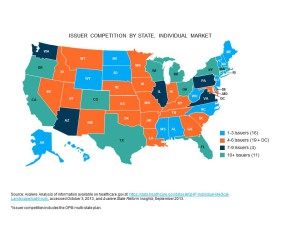If the medical device tax isn’t repealed, a few dozen Congresspeople are willing to default on our debt, potentially causing international financial turmoil and a major recession.
That’s reality, or at least what passes for reality these days.
Here’s the path we’ve trod to get to this point.
- A few dozen Congresspeople refused to pass a budget by October 1 because they wanted PPACA killed. The Speaker of the House, averse to violating the “Hastert Rule”, went along with their demands.
- The Senate refused to comply, and anyway, the President would not have agreed.
- As public opinion turned increasingly against the few dozen, and their increasingly untenable position became increasingly obvious they changed their demands, from a delay to:
- a delay of PPACA implementation, then
- a repeal of the medical device tax, then
- a delay of the enrollment mandate, then
- a demand that Congresspeople and their staffers would have to pay all their premiums themselves; then
- a delay of the employer reinsurance tax…
- now PPACA appears to be off the table, and instead there’s a demand for some budget talks around addressing the sequester and long-term entitlement cuts.
Sure, some of these were mixed in together, and others were sorta kinda coupled, but you get the picture.
As some readers have pointed out, the Congresspeople’s actions are, in fact, legal.
They are also mystifying. Sure, the most vocal come from very safe districts where their actions seem to reflect the current will of their voters, but is delaying the medical device tax really worth defaulting on the national debt – and the all-too-likely consequences of a default?
Medical device tax or… world-wide financial meltdown, immediate return to 2008 recession…
Of course, now that the GOP is on the run and desperate for a deal, any deal that allows them to declare victory (maybe changing PPACA’s health plan colors from bronze silver and gold to red, white, and blue?), Senate Majority Leader Reid is playing his own brinksmanship game, demanding a roll-back of the sequester.
The GOP won’t agree to that, so we’ll likely get just what we would have had if this whole stupid pointless embarrassing mess hadn’t even happened – a short-term deal late on October 16 (that’s tomorrow!) with some nice words about negotiations over long-term entitlement reform and revenue generation.
What does this mean for you?
Elections have consequences.

